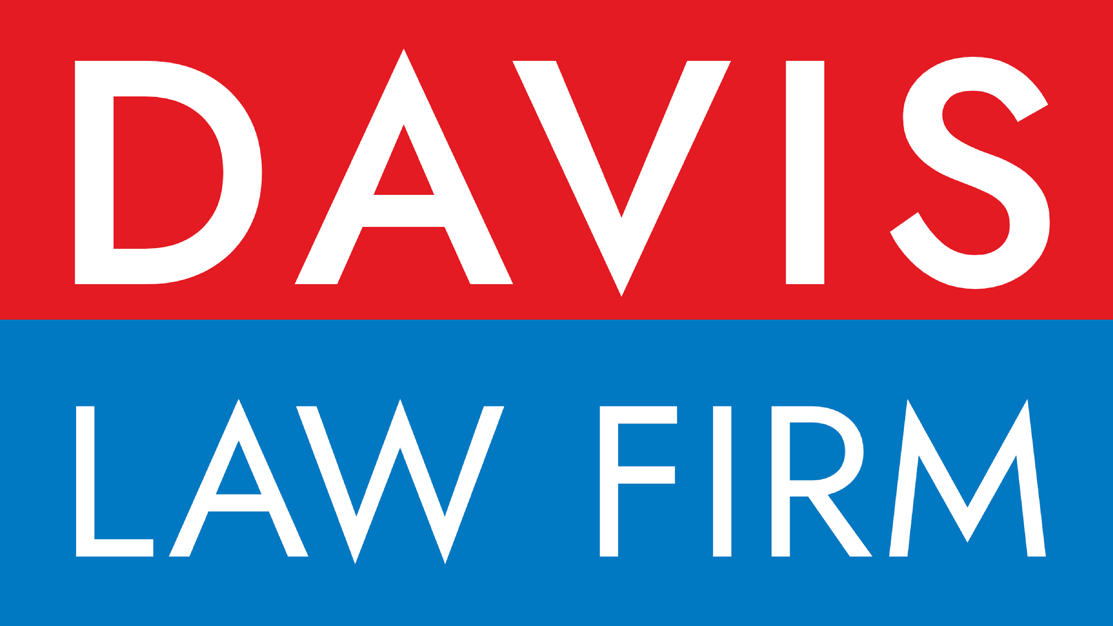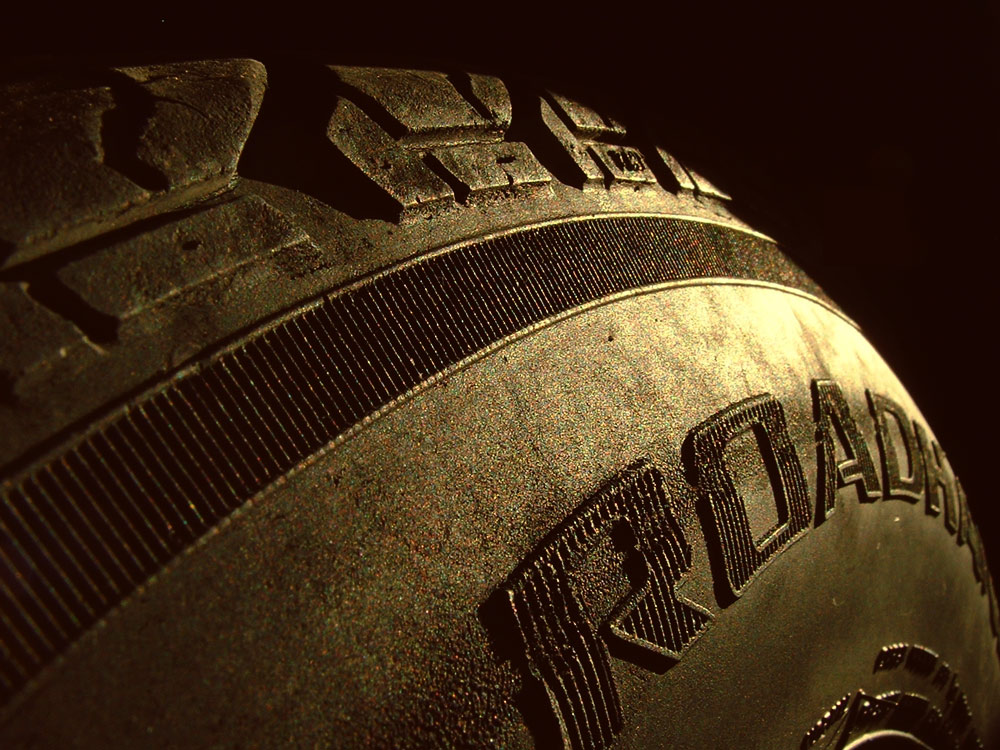Roll with the Best
In our last article, we discussed the importance of checking your tires before driving to avoid the risk of having a blow out. However, one does not always have the time to walk around a car inspecting tires with the eyes of a hawk. With the right tire care, you can rest easy knowing that they are always rolling in their best condition.
Tread Lightly
Tire care ultimately comes down to your driving habits. Fast drivers that like to take fast turns, pressing down on gas and brake pedals like they’re trying to stomp out a fire are literally burning through their tire’s lifespan. Slowing down around corners and practicing smooth braking and accelerating will help squeeze every last mile out of your tires.
Blow Out Prevention
The best way to avoid ever having a blown out tire is to care for them the same way you look after the rest of your car.
- Getting your tires rotated every 5,000 miles
- Making sure your tires are aligned and balanced to avoid uneven wear
- Tire Inspections
- Immediately replacing any worn or balled tires
- Correct tire-pressure
Tire Care, Maintenance Tips
Inspection
If you are not sure if your tires are safe to use, most tire shops offer free tire inspections and can accurately tell you if there are any issues with them. One easy way to remember to inspect your tires is to ask for the service whenever you take your car in for an oil change.
Balancing and alignment
The best way to know if your vehicle needs an alignment is when you start feeling the vehicle pull to one side when driving or braking. Tires that are not balanced or aligned will start to wear out unevenly. That means you may have to replace them sooner than expected, your vehicle will not be as safe as it should be, and you run the risk of losing control if one blows out.
Tire Pressure
Having the correct tire pressure will not only improve your car’s gas mileage, but it allows tires to wear evenly. If you do not know the correct tire pressure of your vehicle, most modern cars have it written down on the driver’s side door. It is either on the side of the door itself or on the edge of the doorway. Correct tire pressure means your tires will last longer – saving you money.
Watch Out for Old New Tires
Just because a tire has never been used doesn’t mean it is safe. A new tire can sit in inventory for years before being put on a car. Old new tires are just as dangerous as worn tires. Over time a tire’s rubber will dry out and begin to crack. An old new tire’s small cracks can tear open causing it to completely fall apart as you’re driving.
You can find out when a tire was made by looking for the DOT code on the side tire wall. You will find a series of numbers, but you will only have to focus on the last four. The first two numbers tell you what week the tire was made, and the last two tell you the year. For example, if the code reads 0514 that means that tire was made on the fifth week of 2014.
For the Roads Ahead

“Take care of a car, and the car will take care of you.”
If your vehicle is well maintained then it will not hesitate to react when you need it to in an emergency situation. Tires are hollow, rubber circles that can mean the difference between driving and walking – so remember to take care of them

